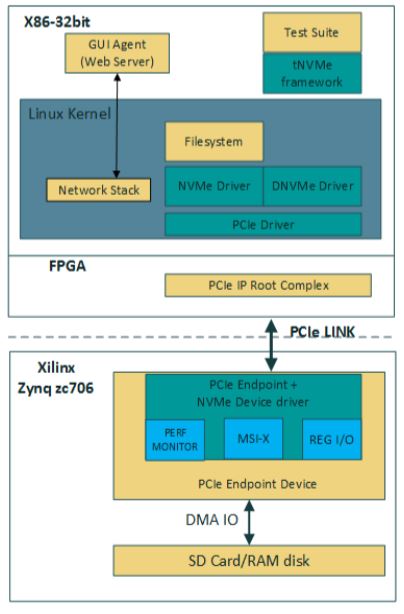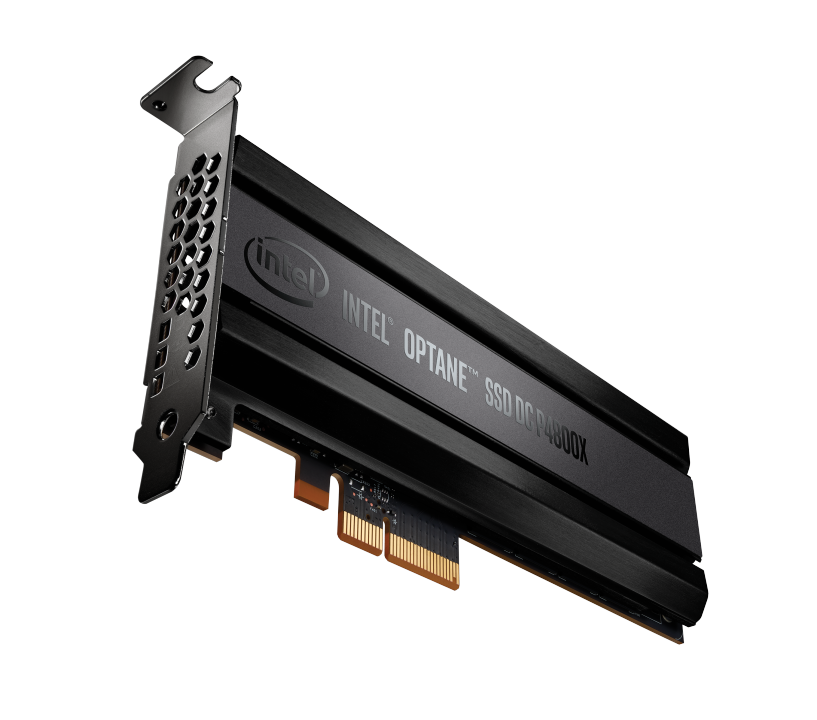Roads & PavementRoads & Pavement
Barefoot
Minimal
Low
Medium
High
Maximal
All around running shoes offer comfort and cushioning for daily runs, jogs, walks, and long mileage. They offer enough versatility for both faster and slower runs and are a great option for those who want one running shoe to do it all.
Fast run or uptempo running shoes are lightweight and responsive. They offer streamlined designs that have minimal uppers and offer a high level of energy return. These shoes are a great option for faster runs in the week or those looking for a livelier experience.
Max Cushion shoes offer premium cushioning with ample ground protection and a stable ride. These types of shoes provide abundant impact protection that softens landings while running at any pace or distance. These types of shoes are best for slower recovery runs and easy days where comfort takes priority.
Racing shoes are designed with optimal performance in mind. These types of shoes have snug-fitting uppers, energetic midsole foams, and features implemented for maximum efficiency. These types of shoes are best for runners looking to gain the ultimate advantage in races but may sacrifice some durability and comfort.
Gym Workout shoes offer a stable and versatile ride. They have a firmer underfoot feeling that provides stability for lateral movements with comfortable uppers. These types of shoes are best for trips to the gyms, cross training, casual wear, and light running. SSD slow NVME PCIe4.0 Support Manjaro Linux Forum
Road running shoes feature smooth outsoles that are designed for running on paved surfaces such as roads, sidewalks, and bike paths.
Designed to handle most trail runs, these shoes prioritize comfort and a smooth ride. These shoes are great for anything from smooth singletrack, park trails, and fireroads making them ideal for those who run from their doorstep on streets before hitting the trail.
These shoes are best used for hard, rugged trails such as shale, granite or sandstone where grip on smooth surfaces and underfoot protection are important.
Designed for use in muddy, soggy conditions, these shoes feature very aggressive outsoles that dig deep into soft ground for exceptional traction.
These shoes feature technical outsoles designed to grip snowy and icy trails making them ideal for winter trail running.
Cushioning level, or stack height, refers to how much shoe is between your foot and the ground. For this category, we reference the amount of cushioning below the forefoot as the heel height will be equal to or greater than the forefoot height.
NVMe on Linux Network World
0-13mm. The Shoe generally does not have a midsole and feels like there is no cushioning. This shoe is all about feeling the ground underfoot.
14-18mm. The shoe has a thin midsole that allows for a natural running experience. Racing shoes and minimalist shoes are common here. These shoes offer a feeling of being connected to the road or trail.
19-23mm. The shoe has a slightly cushioned feel and may feature added cushioning technologies. Performance training shoes and some trail shoes are common here. These offer protection during footstrike but prioritize a lightweight, grounded experience.
24-28mm. These shoes have a stack height that fall near the middle of the spectrum.The shoes in this category are verstaile and great for all types of runs and distances.
29-34mm. The shoe has a thick midsole and ample cushioning. These shoes are highly protective and absorb more impact than the body.
35mm plus. The shoe has an extremely thick midsole and extra cushioning. The focus is on protection and soft foam underfoot with hardly any ground feel.
Neutral shoes support the foot through a normal range of arch collapse and generally do not have a built-in technology to correct movement.
Stability shoes are a great option for those who overpronate or need added support. These shoes help to limit the inward rolling motion of the ankle while running or walking and assist in guiding the foot straight through the gait cycle. Atria Logic
Product Details:
Linux RAID Performance On NVMe M.2 SSDs With EXT4 Btrfs F2FS store, Fixing Slow NVMe Raid Performance on Epyc Wikis How to Guides store, Linux Rust NVMe Driver Status Update Andreas Hindborg store, Moving linux installation from usb to nvme drive r linux4noobs store, Fixing NVME SSD Problems On Linux Tekbyte store, linux kernel How to monitor the IO queue depth Stack Overflow store, NVM Express Wikipedia store, Secure Erase HDDs SSDs SATA NVMe using hdparm nvme cli on Linux store, How to Read SMART Log from NVMe Device on Linux r00t4bl3 store, Fixing NVME SSD Problems On Linux Tekbyte store, Swap current nVME drive to a different computer Linux Mint Forums store, ubuntu Isolating I O issue with NVME or hardware Unix Linux store, NVMe Linux store, security Secure Erase NVMe Drive with nvme cli CMD SEQ ERROR store, Use this Linux command line tool to learn more about your NVMe store, Linux nvme cli cheat sheet store, Atria Logic store, NVMe on Linux Network World store, SSD slow NVME PCIe4.0 Support Manjaro Linux Forum store, NVMe Namespaces store, linux Can t format nvme Super User store, GitHub linux nvme nvme cli NVMe management command line interface store, Linux NVM store, Testing The First PCIe Gen 5.0 NVMe SSD On Linux Has Been store, NVMe over TCP 1 store, M.2 NVME SATA SSD MacBook Windows Linux store, ssd Why are writes on an NVME slower under Linux than under store, M.2 NVMe SSD PCI Express 3 0 4.0 store, Moving linux installation from usb to nvme drive r linux4noobs store, What is SSD NVMe Linux Hosting Digital Marketing Tutor store, System Boot When Using NVMe Delightly Linux store, NVMe Namespaces NVM Express store, Configure Linux NVMe TCP host virtual networking SmartFabric store, Title of Presentation store, Intel DC SSDs isdct abandoned and broken Linux nvme cli to the store, adapt Linux custom images to NVMe based system disks Elastic store, What is the NVMe and NVMe s Multi Queue store, linux NVMe SSD suddenly went impractically slow both read and store, NVMe Linux internet lab.ru store, How to Move Linux OS from old NVMe to new NVMe drive. Sick Codes store, How to Move Linux OS from old NVMe to new NVMe drive. Sick Codes store, NVMe temp in Linux Linux Distros store, Parag Maharana NVMe Core and Fabrics Linux Drivers Update store, Linux find NVMe SSD temperature using command line nixCraft store, Linux kernel I O stack and NVMe Queue operation. a Software stack store, What is the NVMe and NVMe s Multi Queue store, Open Source NVMe SSD Management Utility NVMe Command Line store, File NVME cli on Linux screenshot.png Wikipedia store, NVMe Command Line Interface NVMe CLI internet lab.ru store, Linux find NVMe SSD temperature using command line nixCraft store, Product Info:
Linux nvme store.
- Increased inherent stability
- Smooth transitions
- All day comfort
Model Number: SKU#7442080




